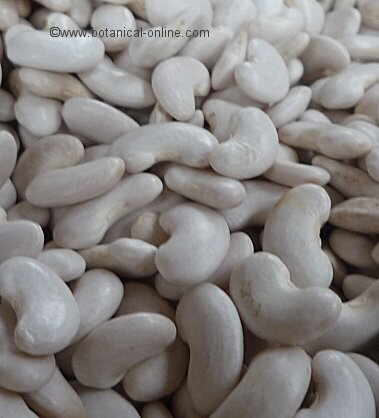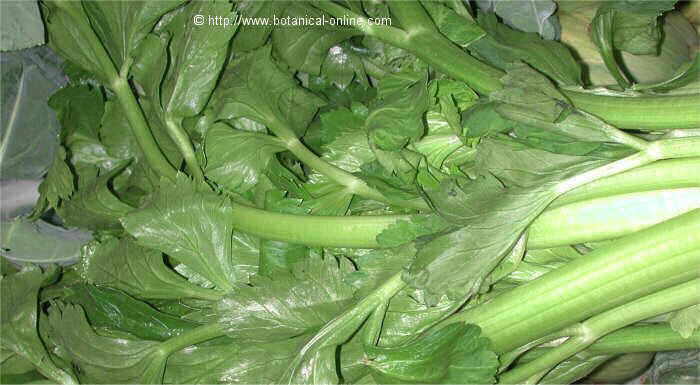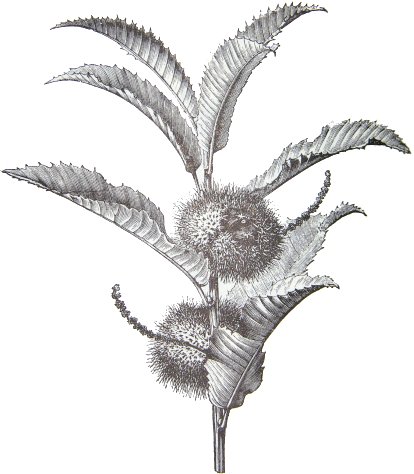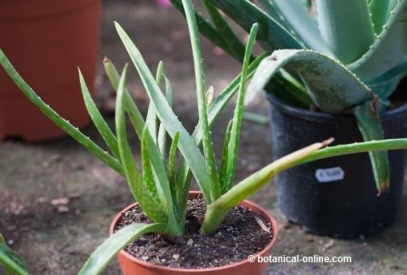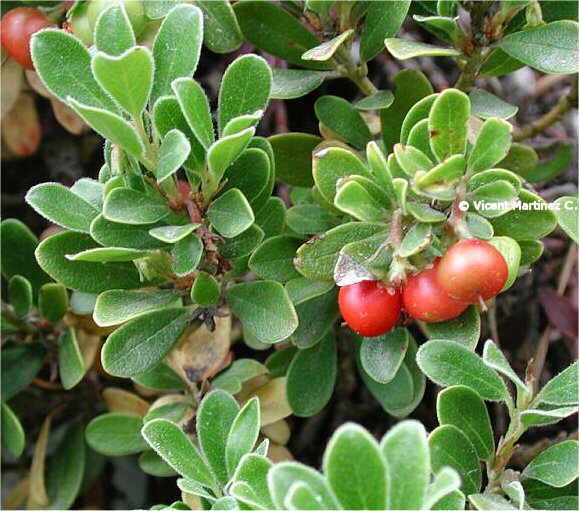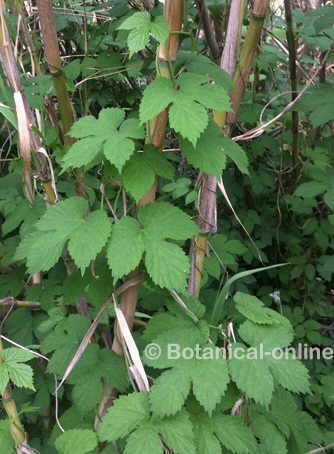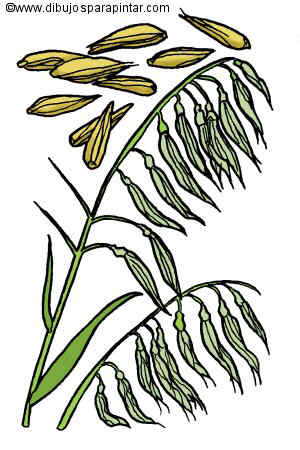Contents
- 1 Plants growing on other plants
- 1.1 What are epiphytes?
- 1.2 Differences between epiphytes and parasitic plants
- 1.3 Why do epiphytes exist?
- 1.4 How can epiphytes live on another plant?
- 1.5 Where you can find epiphytes?
- 1.6 Types of epiphytes
- 1.7 Do epiphytes favor the species where they live on?
- 1.8 Do epiphytes do any damage to the plant on which they are located?
Plants growing on other plants
What are epiphytes?
An epiphyte or epiphytic plant is a plant that lives “hanging or laying” on an other plant, called host, which which it uses as support to be up away from the soil.
The term “epiphytic” comes from the Greek “epi” (= on) and “Phyton” =vegetable).
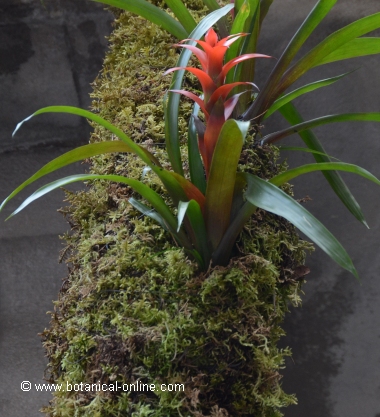
Bromeliad on a log, covered with moss
Differences between epiphytes and parasitic plants
Epiphytes do not feed on the plant on which they are fixed on, but they perform photosynthesis itself. Therefore, they differ from parasitic plants which actually feed on other plants.
Epiphytes are very important in some ecosystems such as tropical rainforests, where it is estimated that 50% of living matter of these places is formed by epiphytes.
Why do epiphytes exist?
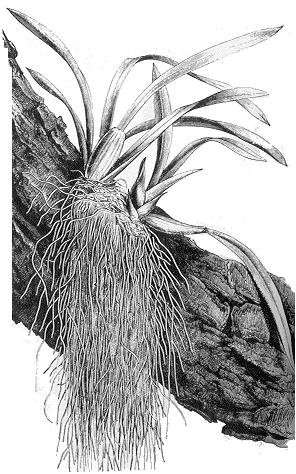
The fact of living on other plants is an adaptation that allows these plants to achieve a number of advantages in the environment where they live. Thus, for example, being located above trunks or tree branches, permits them to have more light than if they were rooted on the ground.
This type of plants especially abound in tropical rainforests where the broad and dense canopy of trees prevents light almost reaching the ground. In fact, in these environments, few vegetables manage to adapt to the darkness prevailing at ground level.
Another advantage provided by this adaptation is that epiphytes, being in a higher position, are less likely to be eaten by herbivores.
How can epiphytes live on another plant?
To live in these conditions, epiphytes have developed a number of adaptations. For example:
- Cup-shaped receptacles formed by their leaves to collect and keep water.
- Specialized roots to attach themselves to the carriers or spongy roots to absorb water from the atmosphere.
- C4 Photosynthesis is also performed by many species of epiphytes. This type of photosynthesis saves a lot of water.
We must not forget that these plants do not have access to ground humidity, therefore, they must reserve the most of the water they collect to take advantage at times of high heat and dryness.
Where you can find epiphytes?
The places where epiphytes appear are warm, mainly tropical rainforests, but they also appear quite often in temperate forests.
There are some species of epiphytes, mainly lichens and mosses, which can be found anywhere in the world. Lichens for example, are especially abundant in the northern cold regions, where they inhabit the forest soil or they line the surface of the trees.
Types of epiphytes
There are many families who have epiphytic species, but the most common are the following:
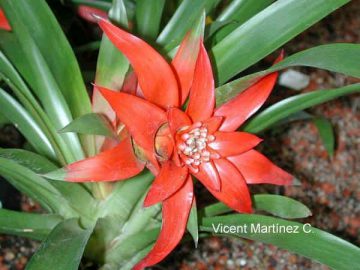
- Bromeliads: Especially abundant in tropical rain forests. Located on the branches or tree trunks, they collect humidity and rain water in a sort of receptacle created by their leaves. Among some epiphytic species within this family, there are very well-known plants, such as, for example, guzmania or tidlansia, two genders that are used as gardening plants, mainly cultivated because of the beauty of their red bracts.
- Orchids: Along with bromeliads, epiphytic orchids occur mainly in tropical rainforests.Among the best known, for example, phalaenopsis. This plant has been exported to be grown in greenhouses in colder, drier climates. It is used as a houseplant.
- Ferns: Like the previous plants, epiphytic ferns abound especially in tropical rainforests.Among these, the very famous Elk Horn Fern (Platycerium bifurcatum) an epiphytic fern with hanging leaves that go on dividing themselves as they grow, taking on the appearance of horns. It is a plant from Southeast Australia that is used as a hanging ornamental plant
- Mosses: Very abundant on rocks (lithophytic) and on trees in many regions of the world.
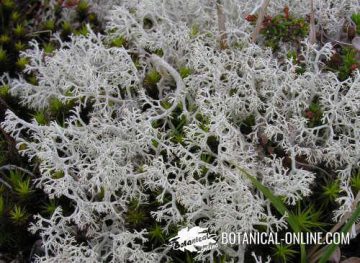
- Lichens: Like mosses, lichens can be found in virtually all regions of the world. Among the best known, the Iceland moss (Cetraria islandica) appears in cold areas of the North of America and Europe and in the mountainous areas of southern Europe or in North American Appalachian mountains.In the north, it grows in open areas; further south, it can be found in shady areas or at the edge of the woods, over rocks and branches, covering them together with other plants like mosses.
Do epiphytes favor the species where they live on?
Epiphytes collect a lot of dust, dirt, small impurities of leaves, branches, etc among its roots and leaves. With all that, a layer of biomass is formed at the basis of the epiphitic plant species and on the carrier plant that it is used as food by the epiphyte.
At the same time, many species holding epiphytes develop some special roots that are able to use the material stored on it to serve as a food supplement.
In this sense, we can say that the epiphyte carrier takes advantage of the work done by the epiphyte. When an epiphytic plant dies, it leaves on the branches or trunks of trees a very high amount of biomass which can be exploited by both, the carrier and other epiphytes that grow on this mass, such as many different animals species also do, as worms, ants or countless insects.
Do epiphytes do any damage to the plant on which they are located?
When it comes to isolated specimens, they do not affect the host. However, the presence of many specimens can even smother the plant on which they live. Epiphytic plants may completely or mostly cover the carrier, so that they can prevent it to make the process of photosynthesis. The carrier can be weakened and it can eventually die.
It is estimated that up to 150 kilos of material can be acumulated on a tree. So that, such an accumulation of weight, can easily damage the species causing branch breakage.
Many of the trees in the tropical rainforest exhibit a knotty and twisted appearance as a result of the constant breaks due to the weight of epiphytes.
When the accumulation of epiphytes is so great, most of the rainwater is retained between the biomass of aerial roots or structures specially designed to collect water, so there is only a very little amount of water left on the ground for the carrier roots to absorb it.
![]() More information on plants.
More information on plants.

